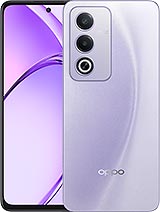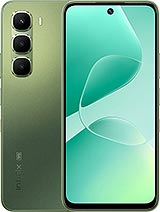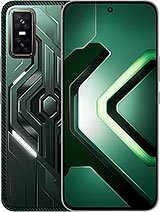Oppo A3 Pro alternatives
Tap above to see alternatives.
Tecno Phantom V Flip2 alternatives
Tap above to see alternatives.
Oppo A3 Pro

Oppo A3 Pro
-
Dimensity 6300
6 nm
-
5100 mAh
45W
-
6.67"
720x1604 pixels
-
50 MP
1080p@30/60fps
- Specs
Tecno Phantom V Flip2

Tecno Phantom V Flip2
-
Dimensity 8020
6 nm
-
4720 mAh
70W
-
6.9"
1080 x 2640 pixels
-
50 MP
4K@30fps
-
Specs

2x2.4 GHz Cortex-A76
6x Cortex-A55
4x2.6 GHz Cortex-A78
4x2.0 GHz Cortex-A55
8GB 256GB (UFS 2.2)
f/1.8, (wide), PDAF
2 MP
f/2.4, (depth)
(wide), 1/1.57", 1.0µm, PDAF, OIS
50 MP
114˚ (ultrawide)
1080p@30/60fps
f/2.0, (wide)
f/2.5, 24mm (wide), 1/2.8", 0.8µm, PDAF
1080p@30/60fps
SIM1: Nano, SIM2: Nano
SIM1: Nano, SIM2: Nano
9 5G bands
n1, n3, n5, n8, n28, n40, n41, n77, n78
14 5G bands
n1, n3, n5, n7, n8, n12, n20, n28, n38, n40, n41, n66, n77, n78
In this performance comparison, the Tecno Phantom V Flip2 with its Mediatek Dimensity 8020 (6nm) performs better than the Oppo A3 Pro with the Mediatek Dimensity 6300 (6nm), thanks to superior chipset efficiency.
Both Oppo A3 Pro and Tecno Phantom V Flip2 offer the same software support — 2 years of OS updates and 3 years of security updates.
Tecno Phantom V Flip2 features a superior AMOLED display, while Oppo A3 Pro comes with an LCD panel. Both smartphones offer the same 120 Hz refresh rate. Tecno Phantom V Flip2 also boasts a brighter screen with 1300 nits of peak brightness, enhancing outdoor visibility. Notably, Tecno Phantom V Flip2 offers a higher screen resolution, resulting in sharper visuals and more detailed content.
Oppo A3 Pro comes with a larger 5100 mAh battery, which may offer longer usage on a single charge. Tecno Phantom V Flip2 also supports faster wired charging at 70W, compared to 45W on Oppo A3 Pro.
Oppo A3 Pro includes an IP54 rating, while Tecno Phantom V Flip2 lacks an official IP rating.
- Tecno Phantom V Flip2 – Check price here
¹ Scores can vary even with the same chipset due to RAM, thermals, and software optimization.










